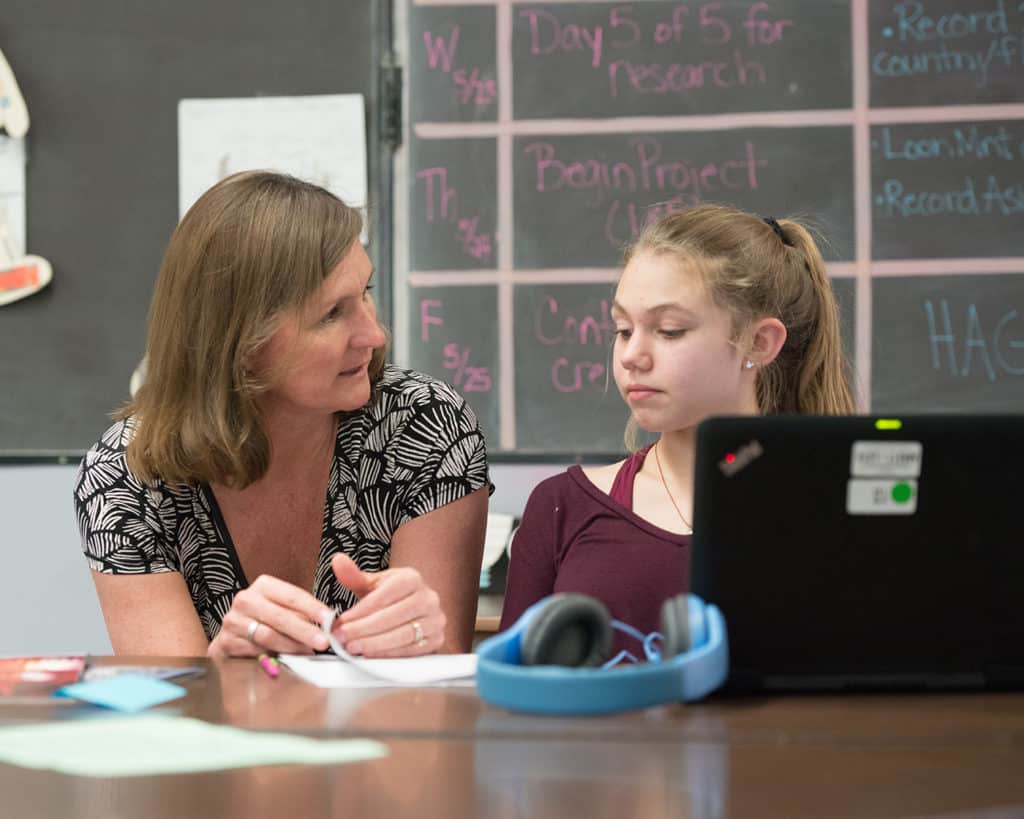
Logical consequences are a key practice in the Responsive Classroom approach to discipline. A logical consequence is a non-punitive response to misbehavior that allows teachers to set clear limits and students to fix and learn from their mistakes while maintaining their dignity. Depending on the child and the situation, teachers might combine a logical consequence with other strategies, or they might use more than one logical consequence. There are three types of logical consequences.
This type of logical consequence is used in situations when something has been broken or a mess has been made—whether accidentally or intentionally. The consequence is that those responsible for the problem take responsibility for fixing it. Teachers use this type of logical consequence when they see an opportunity for a child to solve a problem he or she has caused.
Examples:
This type of logical consequence is used when children’s behavior does not meet pre-established expectations. The consequence is that the child loses the privilege of participating in an activity or using materials for a brief time, usually a class period or a day. What’s taken away must be directly related to the misbehavior, and the teacher must make sure that the child truly understands and can live up to expectations. Teachers use this type of logical consequence when children defy, test, or simply forget the rules.
Examples:
This type of logical consequence, which is known in middle school as “Space and Time,” is used when a teacher believes that a child needs a way to calm down and recover self-control. The consequence is that the child moves to a pre-established place in the classroom, takes time to regroup, and then rejoins the class once he or she has calmed down. Teachers use time-out to keep minor misbehaviors—intentional and accidental—from escalating and becoming disruptive, and to give children opportunities to practice strategies they’ve learned for regaining self-control. Because many children have experienced punitive uses of time-out, it’s important for teachers to explain that “in this class, time-out simply gives us the time and space we all sometimes need to get ourselves in check when we begin to lose our cool.”
Example:
For a more comprehensive look at logical consequences, check out:
A closer look at how to use logical consequences in your classroom is also available in our core and advanced courses, as well as our workshop Responding to Misbehavior.